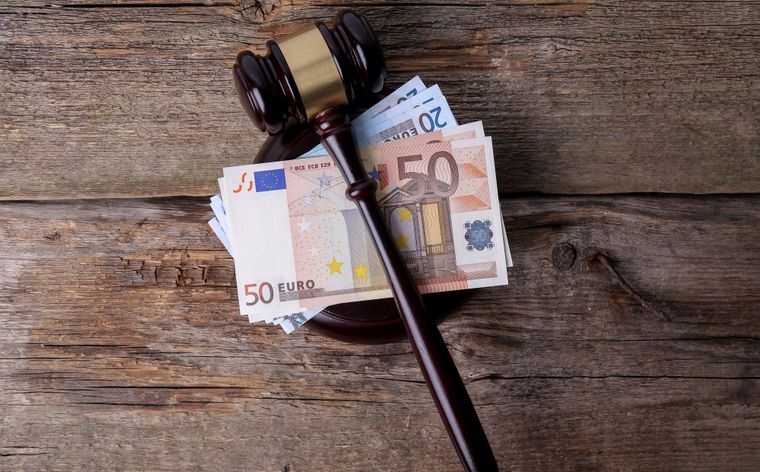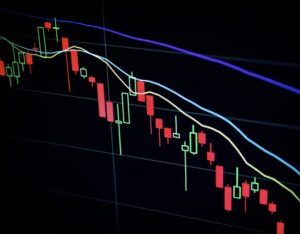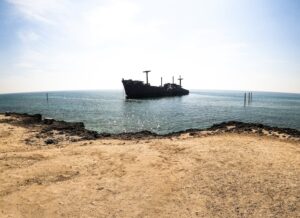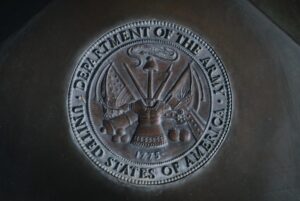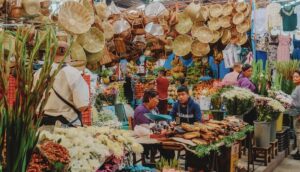The arts industry may not be the first sector that comes to mind when thinking about compliance. Neither it had been frequently assessed, for the convenience it offers to money launderers to accomplish their aims. However, despite often being regarded as a side note under the much splintered “High Value Goods” sector, the arts market is attractive to criminals by a wide margin due to its almost sacralised, long-established traditions of client secrecy, opaque procedures, and the allure of the goods circulating in the market.
In 2020, the UK Government published a National Risk Assessment (NRA) assigning a distinct risk profile to the art-market participants (AMP) for the first time, as an individual category separate to the HVDs (High Value Dealers). It was followed by a June 2021 NRA that provided them with a list of risk indicators and a guideline. The US counterpart to these developments was a senate investigation prompted by the secret purchases of two sanctioned Russian oligarchs in which, the art world was pointed at as the “largest legal unregulated sector in the US” and was issued a warning by the then secretary.
Be it high value works of art collected by PEPs in corrupt jurisdictions or failed states; ancient pieces of art squandered at crisis zones; paintings changing hands at free ports, or historic artifacts smuggled to replenish terrorist funds, the arts industry has always been at the very heart of money laundering. The gravitation of dirty money to the arts market was never a secret, while it is impossible to estimate the amounts laundered by criminals exploiting the loopholes.
Even the silver screen had captured, quite realistically, the ease of using works of art as a currency for illegal services. Gavin O’Connor’s 2016 film The Accountant’s protagonist Wolff was being paid in Renoirs and Pollocks, for the accounting work he did for criminal groups.
The NRA assessment indicates the Arts Market participants a high-risk score of money laundering and a low-risk score of terrorism financing. However, the latter was not undocumented in the history of the practice.
As recent as 2019, the US Treasury Department had sanctioned diamond dealer and renowned art collector Nazem Said Ahmad, on grounds of links to the terrorist group Hezbollah, and laundering funds via his Artual Gallery in Beirut. Ahmad’s collection included works by Picasso, Warhol and Ai Wei Wei.
Introducing the culture of compliance
The reports and new legislation mean a turn of the tide for the sector known for its opaque webs of relationships. Integrating more mature controls can entail serious effort in an industry whose actors may be less aware of the potential damages of being made an instrument of money laundering, than, let’s say, organisations on the margins of the IT or services sector.
Thus, awareness of the implications of an AML failure seem to be a key step for AMPs, as with other organisations who face serious compliance failure risks. The development of a Risk Based Approach (RBA), customised proportionate to the scale of businesses, the list of significant risks, and the profiles of the third parties, shall constitute the next phase.
Allocation of resources can pose another barrier in establishing robust AML controls in the industry. Except for bigger actors, arts market participants are not accustomed to run fully staffed compliance departments, or to employ dedicated personnel. Fostering the oft quoted “culture of compliance” will have to be taken seriously. In that regard, automated compliance solutions can certainly play a part in ensuring efficiency.
As far as AML processes are concerned, given the appetite of the wealthy for works of art and their status as prestige investments, PEP (Politically Exposed Persons) and RCA (Relatives and Close Associates) checks, trawling through global adverse media databases data would help AML controls more effective for arts market participants.
UK NRA report depicts the art market as attractive to criminals because of the industry’s ability to obfuscate the artwork’s beneficial owners and the range of values involved. The risk indicators and red flags listed include demands for off-the-book payments which can indicate other off-the-record practices such as illegitimate cash hand-outs to employees or insurance tax evasion; unusual purchase requests; dividing the payment into smaller amounts below the GBP10’000 threshold, (for which the NRA prescribes the issuing of a single invoice) to lay under the radar; and sales made to high-risk jurisdictions.
The NRA assessment also mentions the practice of “reliance”, outsourcing of ID verification and data maintenance functions – by AMPs in the UK and outlines the musts of a sound service. Reliance providers must be subject to relevant legislation whether located in the UK or overseas. The need for a written contract between parties, that binds the agent to promptly provide documentation at the request of the AMP is also emphasized.
And lastly, the NRA remind the AMPs of the need to secure document retention capacities, for a time of around typically five years. Automated solutions that enable smooth reporting can facilitate the fulfilment of this obligation.
Conclusion
The full adaptation of effective AML checks to be a part of the daily life of AMPs will certainly take time, but the arts market, given its size and exploitable loopholes, is likely to remain under the spotlight of regulators in the days to come.

